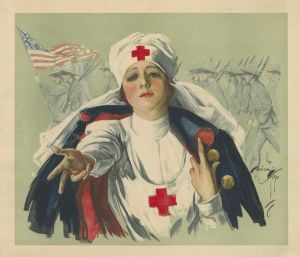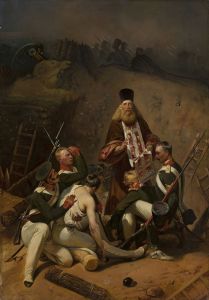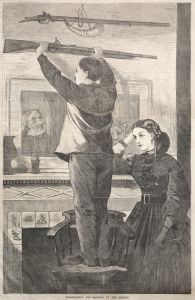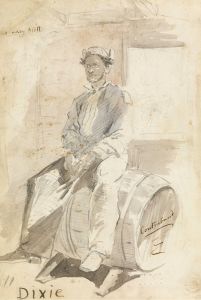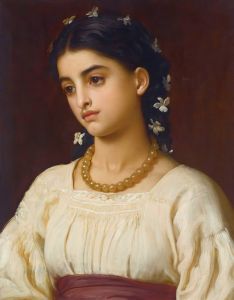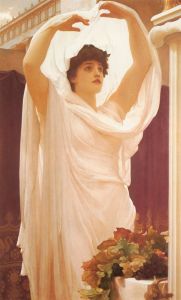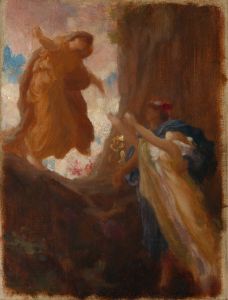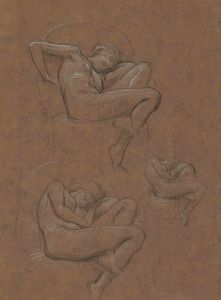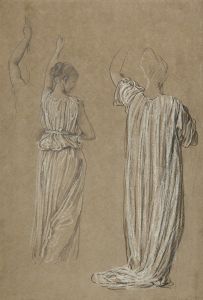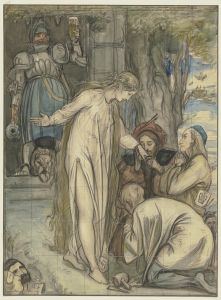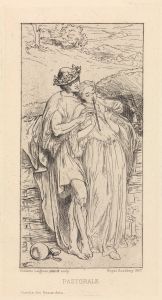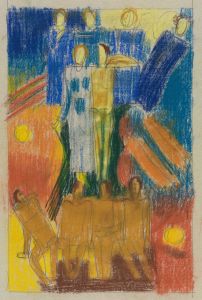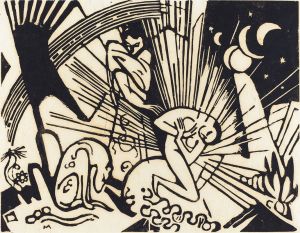
The Reconciliation of the Montagues and the Capulets
A hand-painted replica of Frederic Leighton’s masterpiece The Reconciliation of the Montagues and the Capulets, meticulously crafted by professional artists to capture the true essence of the original. Each piece is created with museum-quality canvas and rare mineral pigments, carefully painted by experienced artists with delicate brushstrokes and rich, layered colors to perfectly recreate the texture of the original artwork. Unlike machine-printed reproductions, this hand-painted version brings the painting to life, infused with the artist’s emotions and skill in every stroke. Whether for personal collection or home decoration, it instantly elevates the artistic atmosphere of any space.
"The Reconciliation of the Montagues and the Capulets" is a painting by the renowned British artist Frederic Leighton, completed in 1854. Leighton, who was a leading figure in the Victorian art world, is known for his classical style and his ability to capture dramatic narratives with emotional depth and technical precision.
This particular painting draws its subject from William Shakespeare's famous play "Romeo and Juliet." The play, set in Verona, Italy, tells the tragic story of two young lovers from feuding families, the Montagues and the Capulets. The painting captures the moment of reconciliation between these two families, a poignant scene that occurs after the tragic deaths of Romeo and Juliet. In the play, the loss of their children prompts the two families to end their long-standing feud, symbolizing the potential for peace and unity through shared grief.
Leighton's interpretation of this scene is marked by his characteristic attention to detail and his use of rich, vibrant colors. The composition likely reflects the influence of the classical art and architecture that Leighton admired and studied during his travels in Europe, particularly in Italy. His work often features elements of classical antiquity, and this painting is no exception, with its balanced composition and the dignified, almost sculptural poses of the figures.
The painting is significant not only for its artistic merit but also for its thematic exploration of reconciliation and forgiveness. By choosing to depict this moment, Leighton emphasizes the possibility of harmony and the human capacity for change, themes that resonate deeply with audiences both in his time and today.
Leighton's work was well-received in the Victorian art scene, and he was a prominent member of the Royal Academy, eventually becoming its president in 1878. His contributions to art were recognized with a baronetcy, and he was later ennobled as Baron Leighton, making him the first artist to be granted a peerage.
"The Reconciliation of the Montagues and the Capulets" is a testament to Leighton's skill in narrative painting and his ability to convey complex emotional themes through his art. While the painting itself may not be as widely known as some of his other works, it remains an important piece within his oeuvre, reflecting both his technical prowess and his engagement with literary themes.
Today, Frederic Leighton's works, including this painting, continue to be studied and admired for their beauty and their contribution to the development of 19th-century British art. His legacy is preserved in part through the Leighton House Museum in London, which was his former home and studio and now serves as a museum dedicated to his life and work.





